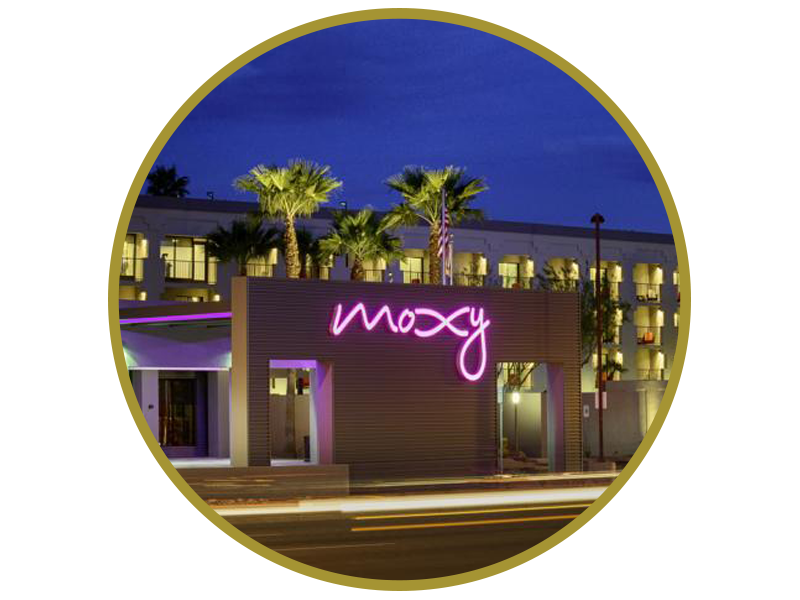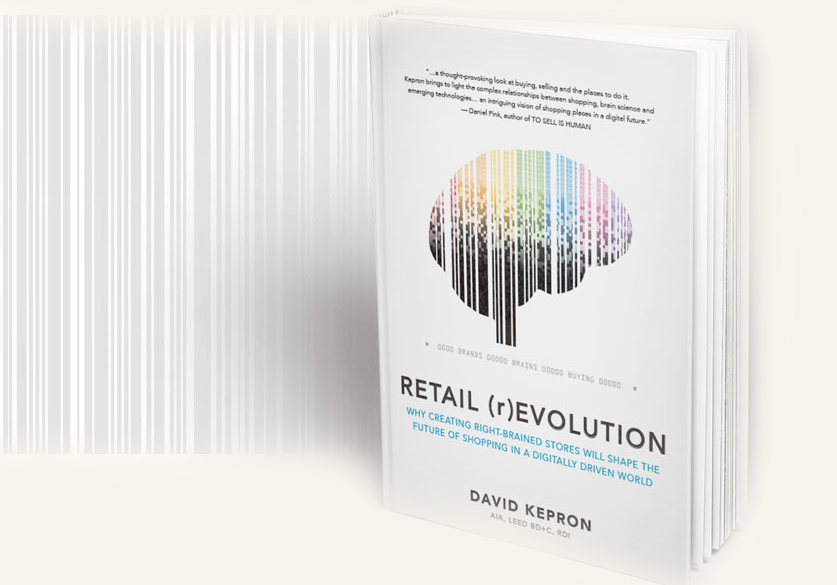For many travelers, the accommodations set the tone for the trip. A hotel brand that truly connects with customers and extends gracious hospitality helps put guests at ease.
So how do you take an iconic hotel brand and continue to transform it for a new generation? In a progressive move, Marriott International hired David Kepron as VP - Global Design Strategies within its Lifestyle Collection, which includes the Moxy, AC Hotels, Autograph Collection and Renaissance Hotels flags.
In this role, Kepron is drawing on his decades of retail expertise to translate prior experiential success into new opportunities for Marriott. A key role will be to entice Millennial customers—who place emphasis on experiences over physical elements—to align with Marriott.

The Keys to Success in Customer Experience
Kepron will share his wisdom as a featured speaker at HotelSpaces this fall in Palm Springs. With more market forces and competition than ever before, Kepron believes hotel executives need to better understand guest behavior and create engaging experiences at the intersection of architecture, neuroscience and emerging digital technologies. These are all core philosophies from his research and book, Retail (r)Evolution.
- Truly great brands must master four areas to remain competitive: storytelling, interactivity, rituals and empathic connection
- Hotel brands must become attuned to the nuances of customer behavior. For instance, how different generations of guests want to interact with public and private spaces
- Why it’s crucial for brands to stay current on emerging technology trends that have the ability to rewire the human brain

Kepron’s thinking will help push a mammoth industry that sometimes favors “business as usual” forward. In fact, he cites a study in which found young adults are 40% less emphatic than previous generations. That provides its own set of challenges for hoteliers who need to find new ways to connect and engage with a cohort of consumers. Coupled with a statistic that 90% of decisions are made based on emotion and it’s no wonder Marriott made this strategic move to ensure future growth.
Kepron’s theory of “creative collaborative consumerism,” or the need to have all hands within an organization making anything from products to experiences relevant, shows the importance of attracting a new kind of consumer.
In one example, Kepron states the need to overhaul public spaces in hotels. Based on his retail experience, he knows Millennials want a collaborative experience or spaces that can be customized. Once applied to hotels, that might mean lobbies with better seating arrangements, large activity rooms or interactive demonstrations. Simply put, one-size-fits-all thinking has become obsolete at the hands of travelers born between the mid 1980’s and late 1990’s.
Predictive Trend Watching
As for upcoming trends hoteliers should prepare for, Kepron outlines the re-emergence of augmented reality, fiber optics and adaptive biometrics. Let’s break down these complex topics and their applications.
- Augmented reality (AR): While many may be familiar with artificial virtual reality headsets such as Oculus, AR is slightly different in that digital technology is layered in real life. A recent example would be the popularity of Pokémon Go, a mobile app that layers cartoon characters over sidewalks, park benches and buildings. For hotels, AR could be used as the mechanism for virtual scavenger hunts in which guests compete for prizes, socialize or creatively tour Marriott properties.
- Fiber optics: Kepron recalls a recent conversation with a young man who manufactures customizable sneakers. The creative genius is able to leverage the power of mobile and fiber optic technology to take photos of patterns and translate those colors across LED lights. For instance, if a pattern has green and blue, those hues could appear on the sneakers with one quick photo. Kepron muses advances in this type of textile technology will allow guests the opportunity to customize their rooms with favorite color schemes.
- Adaptive biometrics: Many are familiar with biometric measurement tools such as wearable fitness trackers or fingerprint scanners, but Kepron believes there is a missing link between hotel guests and digital experiences. He imagines a vivid hotel room of the future in which rooms are preset to guest preferences in real-time. For instance, a Marriott tool could determine how much to dim the lights or draw the curtains for a weary business traveler. Kepron noted the US Military and luxury car manufacturer Audi are investing in adaptive biometric measurement.

Connecting to Guests Digitally
As a final takeaway, Kepron hopes attendees will understand the difference between self-reported and intrinsic feedback. Many travelers may self-report recent hotel stays on review sites such as TripAdvisor and Yelp, but a move toward connected, data-driven technology could help bridge the gap between consumers’ selective memories and actual outcomes. Kepron believes in the powers of technology and neuroscience to improve the customer feedback loop.
HotelSpaces attendees will receive a complimentary copy of Kepron’s book, Retail (r)Evolution.
Want to attend? Click here to request an invite.
Posted by
Join us at HotelSpaces!
A One of a Kind Retreat for Hotel Development, Design & Construction Leaders.
Oct 25 - 27 | Fort Lauderdale, FL
Learn More




-3.png)
.png)


Comments